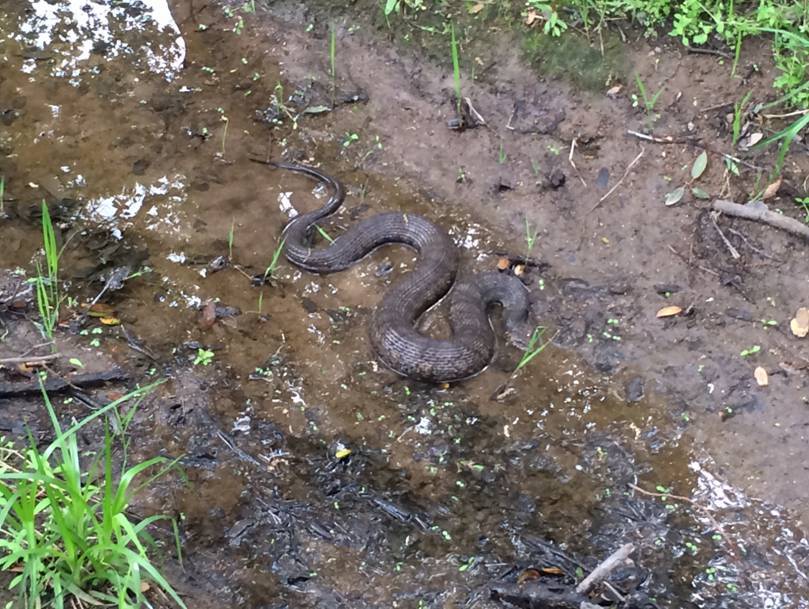A detailed inventory of animals killed on area roads has identified 22 areas in the Sacramento region where drivers are most likely to encounter wildlife crossing a roadway.
The release of the report on roadkill hotspots is considered a crucial tool to help drivers avoid possible fatal accidents and is being seen as a guide for scientists and agencies who seek to protect endangered species and other wildlife that cross roads and freeways.
The report, authored by Fraser Shilling of the UC Davis Road Ecology Center, culled volunteer observer reports of such incidents from 2009-2014 to establish where collisions between cars and animals were occurring.
The region’s hotspots include several points along Interstate 80 and and I-5. One is a stretch of I-80 over the Yolo Bypass where bird strikes are common.
Another is a stretch of I-80 where the freeway and Highway 49 converge in Auburn near the American River, “where there is no opportunity to go under the highway,” said Shilling, “so wildlife will go over it.”
Between April 1, 2010, and March 30, 2013, there were 365 crashes involving wildlife, livestock and other animals in the state Department of Transportation’s District 3, said Caltrans spokesman Mark Dinger. The district includes Sacramento and 11 Northern California counties, covering I-80 from Davis to the California/Nevada state line and I-5 from north of Stockton to north of Orland.
Statewide, Caltrans inventoried 3,126 reported collisions involving animals, Dinger said.
One human fatality in Sacramento County has been attributed to a wildlife collision since 2006.
Shilling said the roadkill report was compiled with the help of 1,100 volunteer observers throughout the state, including himself. The survey is the most extensive database documenting animal and vehicle collisions in California.
“Last year it seems like there has been an increase in rate of deer getting hit,” said Shilling. He said observation of deer hit by autos more than doubled last year.
He speculates that the drought may have something to do with it.
“They’re moving around more,” said Shilling. “They get moisture from vegetation, and they were probably having a hard time getting enough to eat.”
Despite the increase in deer mortality, roadkill observations overall have gone down slightly this year, said Shilling.
He believes the decline is not reflective of animals avoiding roadways. Instead he believes that roadways are decreasing wildlife populations, resulting in fewer roadkill observations.
The roadway hotspot with the most animal deaths is State Route 70 near Portola Valley. That stretch of road had 343 animals from 25 species killed in the roadway.
Shilling said that the numbers are deceptive, as the large majority of encounters between cars and animals go unreported.
The actual mortality on freeways and highways and streets is “much, much higher than this report represents,” said Doug Long, one the most prolific observers contributing to the database, with more than 3,000 roadkill observations logged since the effort began six years ago. Long is professor of ecology and biology at St. Mary’s College.
During a drive from Riverside to Oakland, Long used a special application on his phone to log 80 different species of roadkill he encountered on the drive. These include a wide variety of species – from snakes to birds, he said.
“You have to remember that the data points in the report have been collected by people (who) represent a very small fraction of all the people in California,” said Long.
Long said it is likely that 99 percent of encounters between wildlife and vehicles are never recorded.


